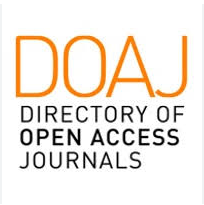HOW DID THE 4TH INDUSTRIAL REVOLUTION AFFECT THE FINANCIAL SITUATION OF COMPANIESIN THE HUNGARIAN TELECOMMUNICATIONS SECTOR IN 2013 -2017?
Abstract
The 4th Industrial Revolution radically changes the economic and social processes and relationships. There is an intense business and governmental attention for the existing and the startup technological companies in Hungary in recent years, which can exploit the opportunities offered by the 4th Industrial Revolution. The processors and followers of this tendency are also the traditional telecommunication companies. The study focuses on the telecommunications sector in Hungary. There are three major service providers on the Hungarian market (Magyar Telekom Nyrt., Vodafone Hungary Zrt., Telenor Hungary Zrt.). The quality of service of these telecommunication companies today has a fundamental impact on the competitiveness of the Hungarian economy.
One of the aims of the study is the financial analysis of the three companies, from which we can see how the global information revolution influenced the financial situation of these companies in recent years and the development of competition between them. We use the financial-accounting reports for the years 2013-2017 (balance sheet, profit and loss account and supplement) as well as the information on the companies' website. Our financial calculation encompasses the calculation of profitability rates, liquidity and efficiency indicators, and the analysis of the asset situation. The other objective is to investigate how foreign telecommunication companies have responded to the challenges of the 4th industrial revolution in last years.


























